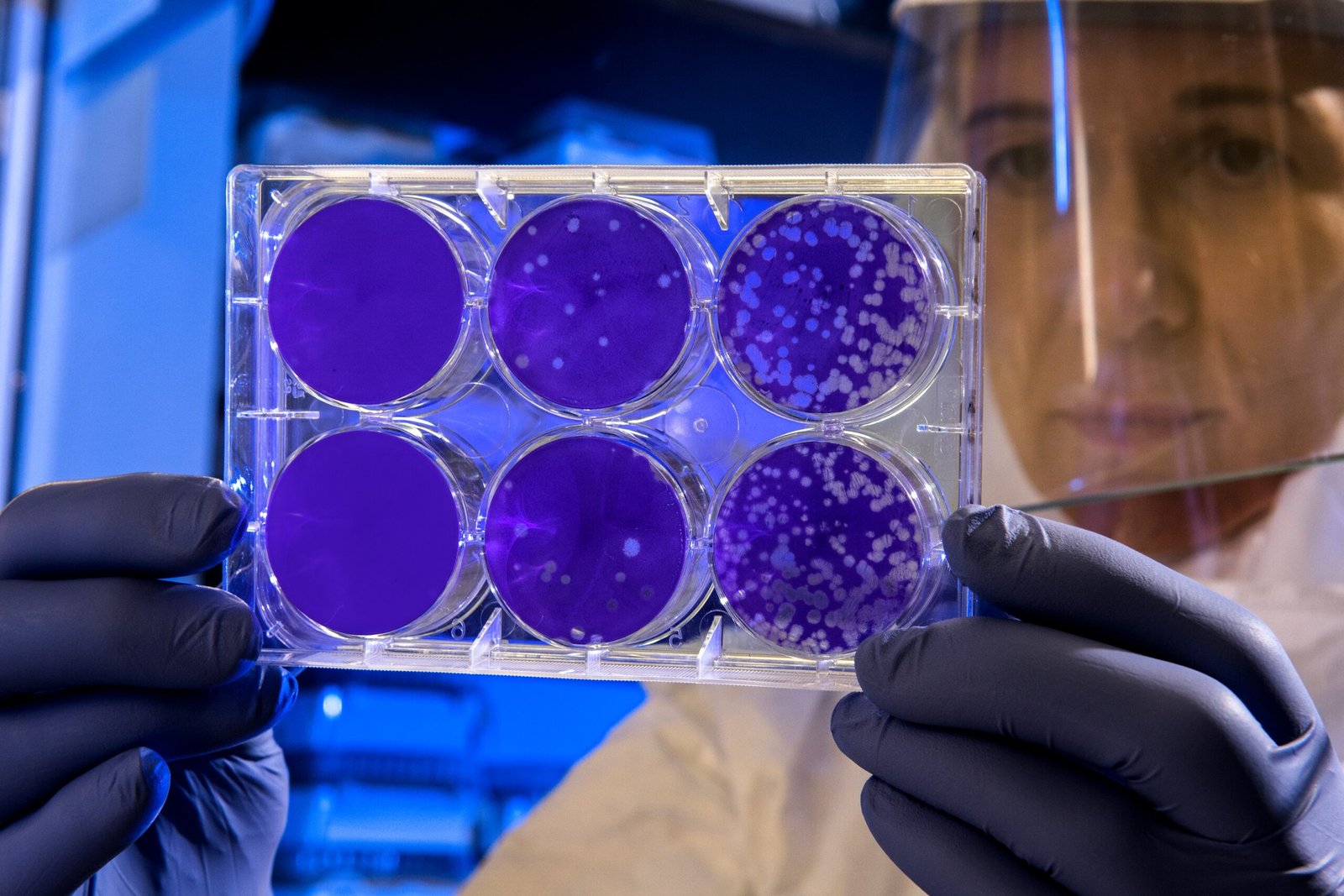
Introduction
In the field of scientific research, the use of stem cells has become increasingly important, particularly in toxicological research and drug screening. Stem cells possess unique properties that make them valuable tools in these areas of study. This blog post aims to provide a detailed understanding of the role of healthy stem cells in toxicological research and drug screening, exploring their potential, challenges, and ethical considerations.
Understanding Stem Cells
Stem cells are undifferentiated cells that have the ability to differentiate into specialized cell types. There are different types of stem cells, including embryonic stem cells, adult stem cells, and induced pluripotent stem cells. These cells are characterized by their self-renewal capacity and their ability to differentiate into various cell lineages.
The unique properties of stem cells make them ideal for use in research. They have the potential to regenerate damaged tissues and organs, making them valuable in the field of regenerative medicine. Additionally, their ability to differentiate into different cell types allows scientists to study the development and function of various cell lineages.
Within the human body, stem cells play a crucial role in tissue repair and regeneration. They are responsible for replenishing cells in various organs, including the skin, blood, and intestines. Understanding the role of stem cells in the body is essential for harnessing their potential in toxicological research and drug screening.
Stem Cells in Toxicological Research
Toxicology is the study of the adverse effects of chemicals on living organisms. Traditionally, toxicological research has relied on animal models to assess the safety and toxicity of substances. However, the use of stem cells in toxicological research has gained prominence in recent years.
Stem cells offer several advantages in toxicological research. They provide a more accurate representation of human biology compared to animal models, as they are derived from human tissues. This allows for better prediction of human responses to toxic substances.
Researchers have utilized stem cells to study the effects of various toxicants on different cell types and tissues. For example, stem cells derived from human liver tissue can be used to assess the toxicity of drugs on liver cells. This approach provides a more efficient and cost-effective method for evaluating the safety of substances.
Stem Cells in Drug Screening
Drug screening is a critical step in the development of new pharmaceuticals. Traditionally, drug screening has relied on animal models and cell lines. However, the use of stem cells in drug screening has revolutionized this process.
Stem cells offer several advantages in drug screening. They can be differentiated into specific cell types, allowing researchers to study the effects of drugs on specific tissues or organs. This enables a more accurate assessment of drug efficacy and toxicity.
Researchers have successfully used stem cells to screen potential drug candidates for various diseases, including cancer and neurodegenerative disorders. By using stem cells derived from patients with specific diseases, researchers can develop personalized drug screening assays, leading to more targeted and effective treatments.
Challenges and Ethical Considerations
While the use of stem cells in toxicological research and drug screening offers tremendous potential, there are also challenges and ethical considerations that need to be addressed. One challenge is the difficulty in obtaining a sufficient number of high-quality stem cells for research purposes.
Another challenge is the potential for stem cell contamination or genetic instability, which can affect the reliability and reproducibility of research results. Additionally, there are ethical considerations surrounding the use of embryonic stem cells, as their extraction involves the destruction of embryos.
Future Directions
The field of stem cell research is constantly evolving, and there are several future directions that hold promise. One current trend is the development of organoid models, which are three-dimensional structures derived from stem cells that mimic the structure and function of organs.
Another area of research is the use of stem cells in tissue engineering, where stem cells are combined with biomaterials to create functional tissues and organs. This approach has the potential to revolutionize regenerative medicine and provide new treatment options for patients.
Conclusion
Stem cells play a crucial role in toxicological research and drug screening. Their unique properties and ability to differentiate into various cell types make them valuable tools in these areas of study. Despite the challenges and ethical considerations, the use of stem cells offers tremendous potential for advancing our understanding of toxicology and developing safer and more effective drugs. As research in this field continues to progress, we can expect to see exciting advancements and applications in the future.
